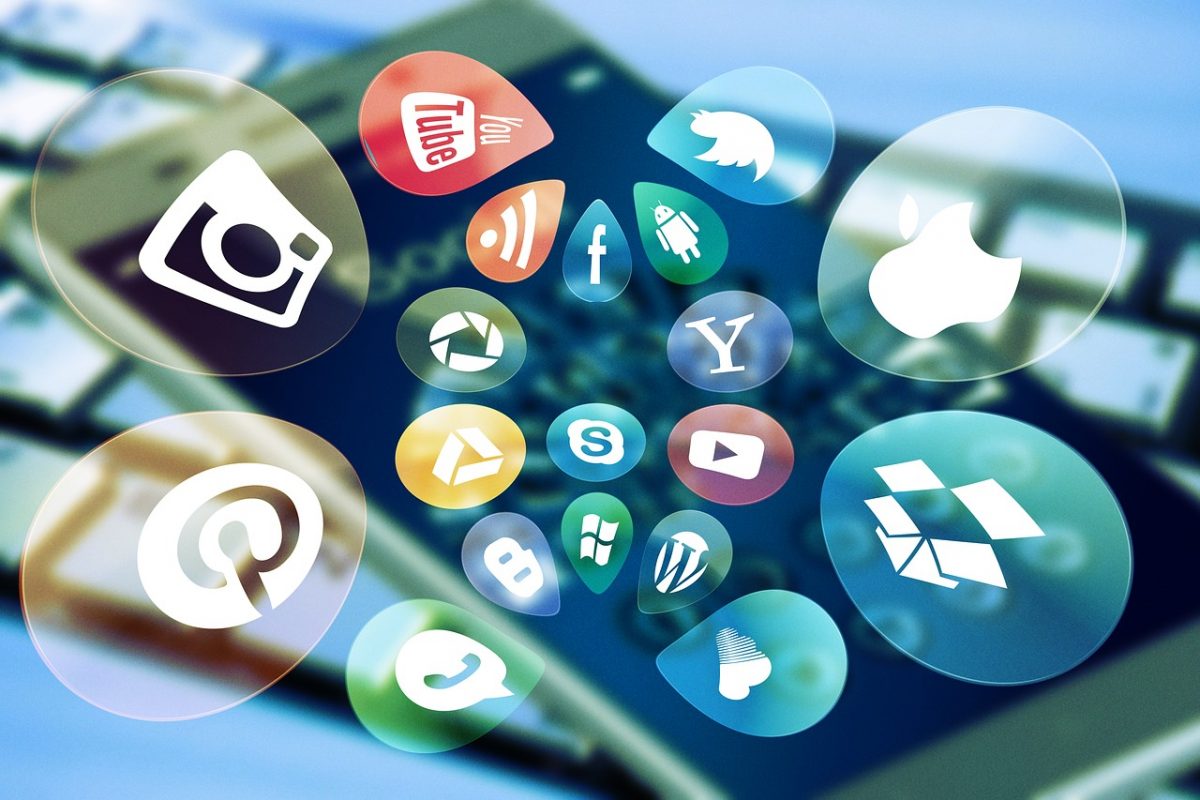Do you want to increase your happiness, health, and the quality of your work? Start with a daily routine. If you think depending on routines will turn you into a boring, predictable, uncreative person, think again! Daily routines can be the key to having a productive life.
So, what’s the difference between a routine and a habit? A habit is an activity you do without giving it a second thought, like brushing your teeth in the morning.
A routine, on the other hand, is a group of habits you do consecutively, and they are usually completed in a logical order. For instance, you might exercise in the morning then take a shower. If you do it the other way around, you’re all sweaty for the rest of the day.
Many of us may already have a daily routine. It might look a little like this: Wake up in the morning, have some coffee, go to work, come home, cook some dinner, watch tv and go to bed.
If this routine sounds like yours then ask yourself this question: Does your routine support you in achieving your personal and professional goals? If the answer is no, then maybe it’s time to change things up.
Set a goal for yourself then build a routine to help you to achieve it. Routines allow you to utilise your time effectively and optimise your energy.
Here are our 3 top tips for building effective routines.
- Choose routines which stabilise your day. Crisis moments in work, social, and home life often come from forgetting tasks. Think about the stress of rushing to meet deadlines, forgetting a birthday or anniversary, or double-booking your calendar. Routines ensure you do what needs to be done on a regular basis so you can avoid those moments of crisis. An example of an effective routine might be to pick your clothes out and make your lunch the night before, so you don’t have to rush in the morning. Or set birthday reminders in your calendar two weeks before the date so it gives you time to organise a present.
- Work out your peak and low energy times of the day. Routines work best when they fit around your lifestyle. Copying what someone else does might not work for you in the long term. For example in the mornings you may have more energy and focus versus the evenings when you’re tired. So it makes sense to create a routine where you complete important or active tasks in the morning. Then focus on relaxing, low priority tasks in the evening.
- Keep track of your progress. After you create your routine track your progress to hold yourself accountable. Check in with yourself to see how the routine is working for you. If needed change things up. Consider using a tracker to visually see your achievements. Even if you’re not consistent in the beginning, motivation comes from the little wins on the path to reaching your goal.
Daily routines set you up for success. Routines allow you to follow well-placed steps towards your end goal. They provide an opportunity for you to focus on what matters while keeping the daily life tasks in dependable working order. It’s the repetition of a strong routine which keeps you grounded, enabling you to function effectively, even in the midst of a crazy work load or an unpredictable environment.
Enjoyed these tips? We can help with tangible tools and support. Join us for our next workshops:
Declutter & Organise Your Time, Tasks & Things (Work & Home)*
Finish what you start – 8 Ways to Tackle Procrastination*
Time Management & Personal Productivity*


